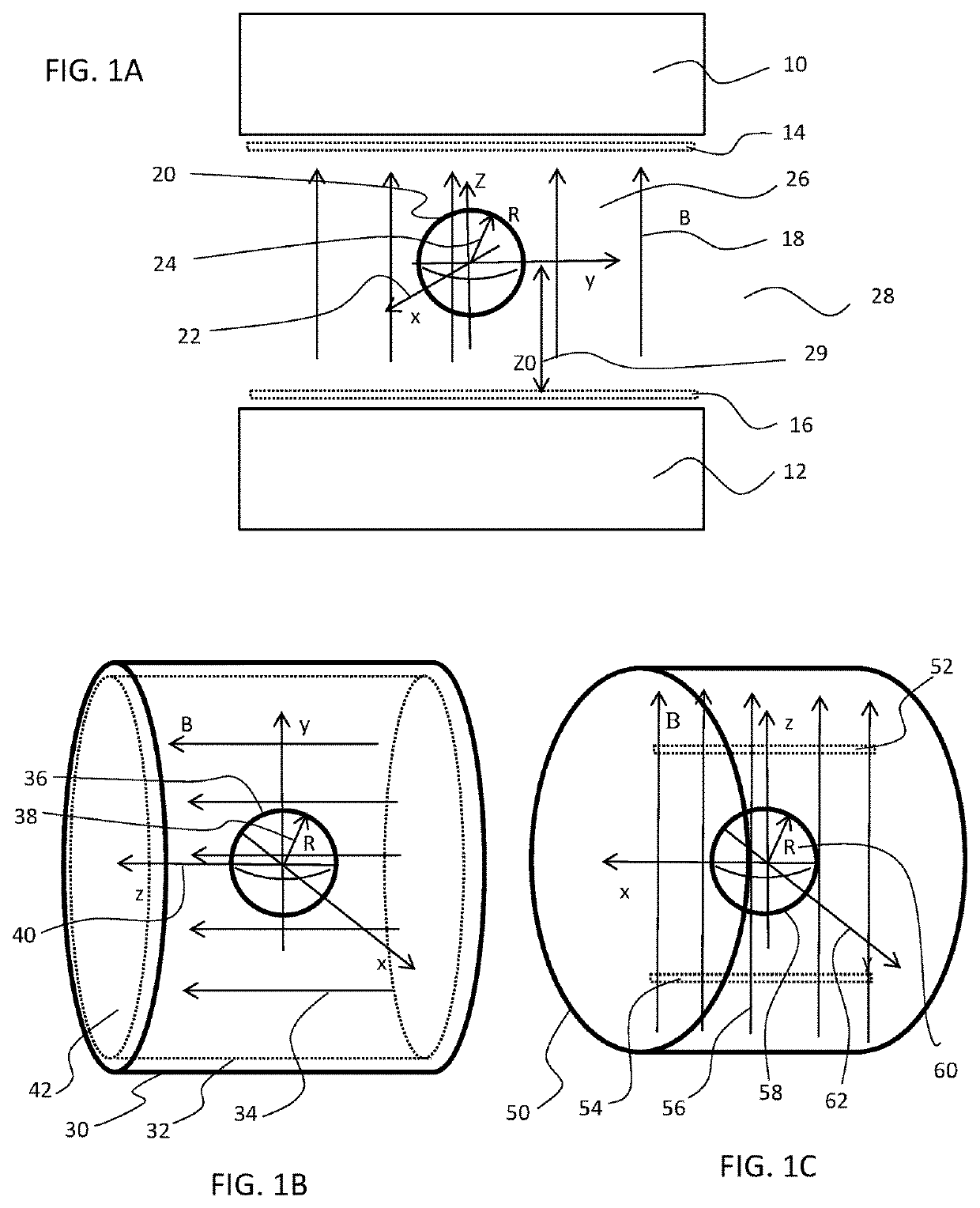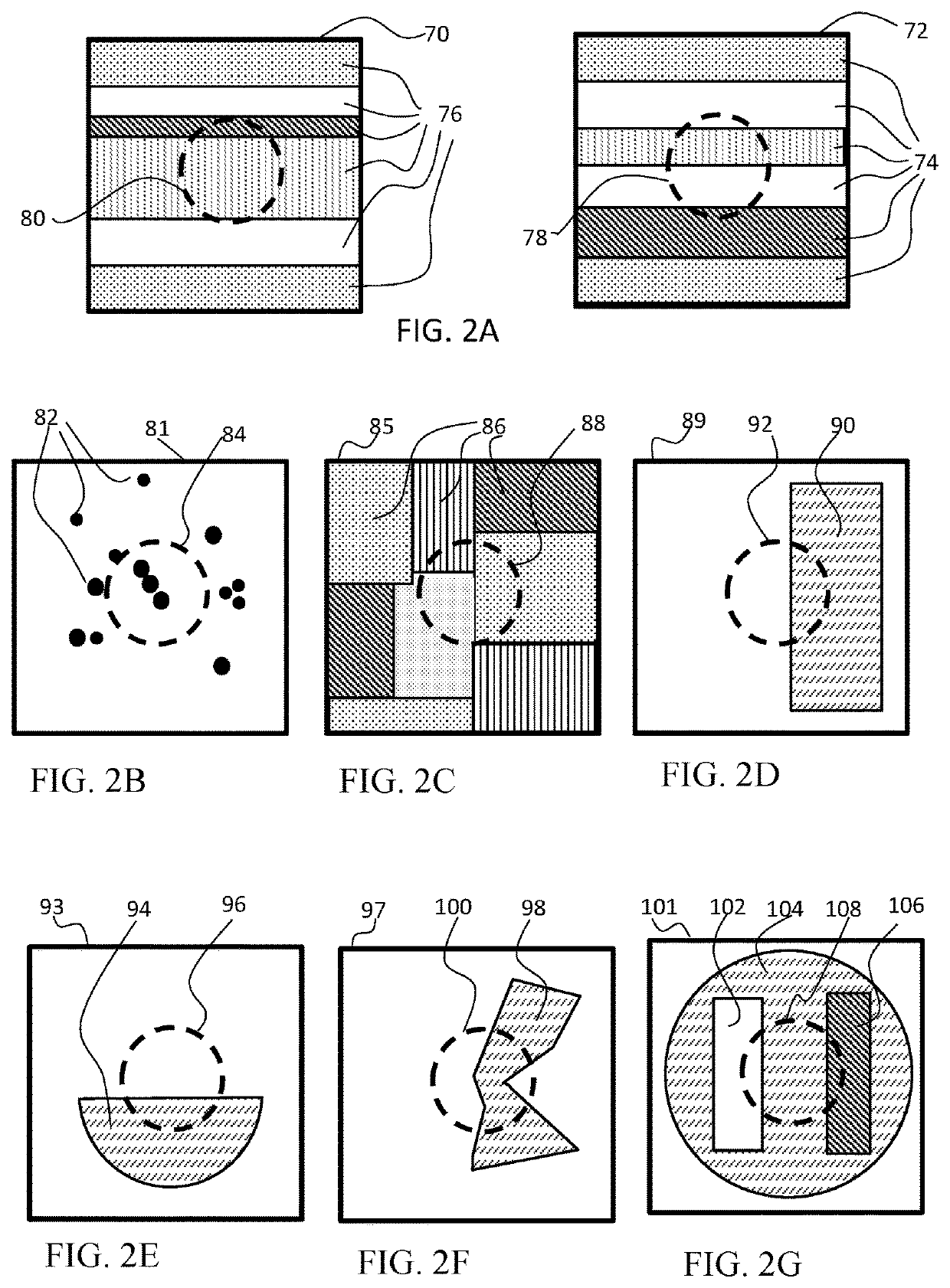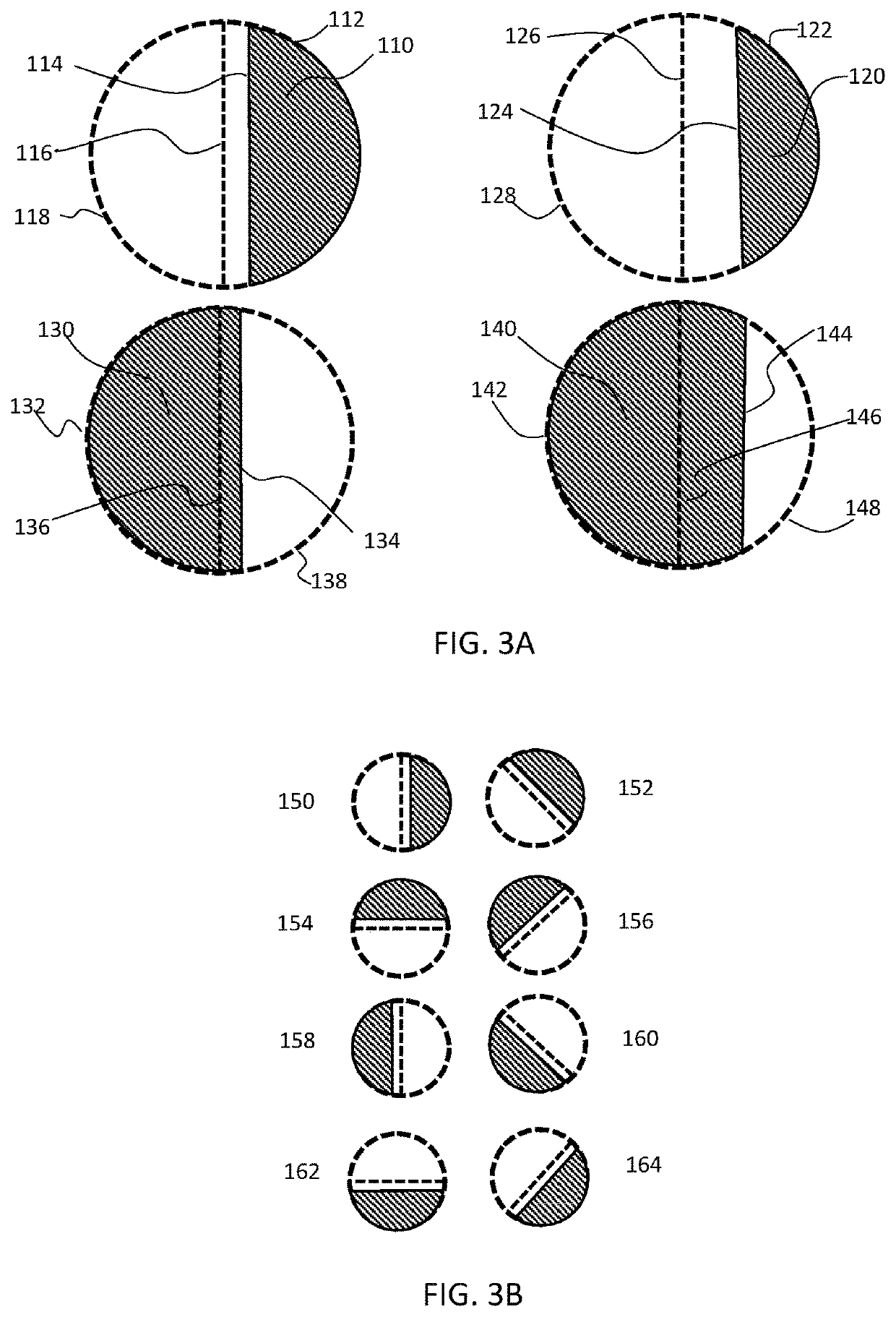Extended continuous passive shimming of magnets
a magnetic field and passive shimming technology, applied in the field of methods and apparatuses for homogenizing or correcting the magnetic field of magnets, can solve the problems of creating spurious “highs” and achieve the effects of weak fields, less space, and less spa
- Summary
- Abstract
- Description
- Claims
- Application Information
AI Technical Summary
Benefits of technology
Problems solved by technology
Method used
Image
Examples
Embodiment Construction
[0030]To understand the concepts and methods disclosed herein, it is helpful to consider some geometrical definitions. FIG. 1 shows some typical magnet geometries and associated mathematical coordinate systems and volumes of space over which the magnetic field is to be corrected. FIG. 1A shows a typical dipole magnet, which is a common format for magnets built with electromagnetic or permanent magnet technologies. This configuration has a north magnetic pole 10 and a south magnetic pole 12 that define two parallel surfaces facing each other across a gap. The poles are often circular or axially symmetric in general shape; in FIG. 1A they are shown from the side. The magnetic field B 18 points from one pole to the other and is nominally uniform throughout the gap. The coordinate system 22 for this type of magnet is conveniently positioned with its origin at the geometrical center of the gap space and its Z-axis lying along the direction of the magnetic field. The direction of the X an...
PUM
 Login to View More
Login to View More Abstract
Description
Claims
Application Information
 Login to View More
Login to View More - R&D
- Intellectual Property
- Life Sciences
- Materials
- Tech Scout
- Unparalleled Data Quality
- Higher Quality Content
- 60% Fewer Hallucinations
Browse by: Latest US Patents, China's latest patents, Technical Efficacy Thesaurus, Application Domain, Technology Topic, Popular Technical Reports.
© 2025 PatSnap. All rights reserved.Legal|Privacy policy|Modern Slavery Act Transparency Statement|Sitemap|About US| Contact US: help@patsnap.com



